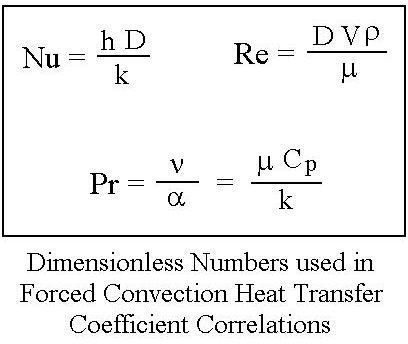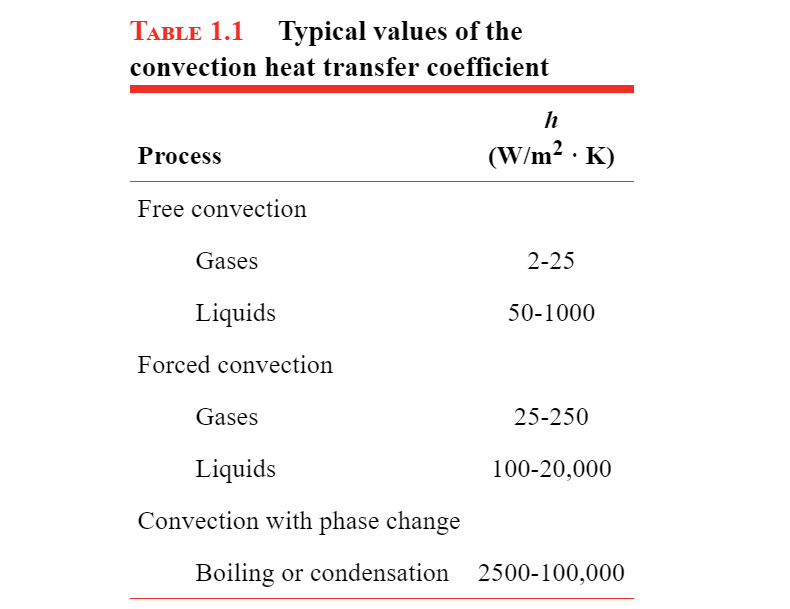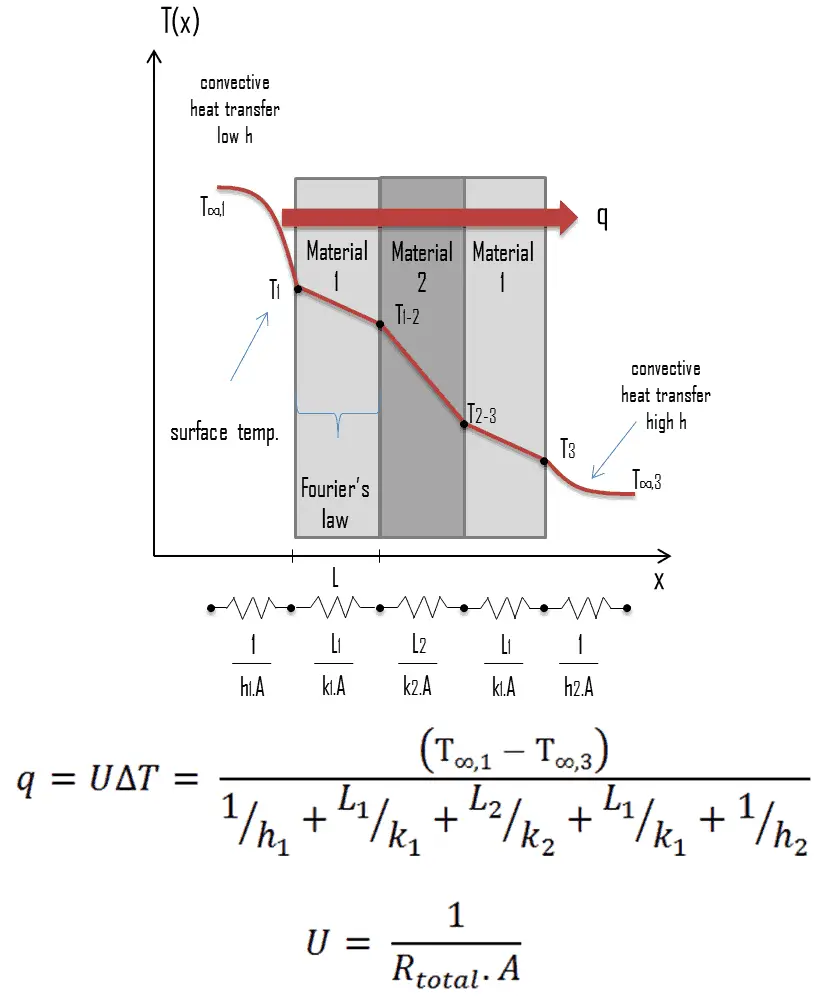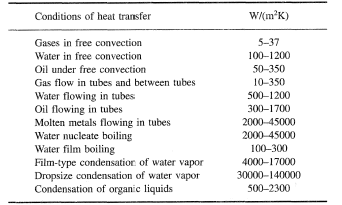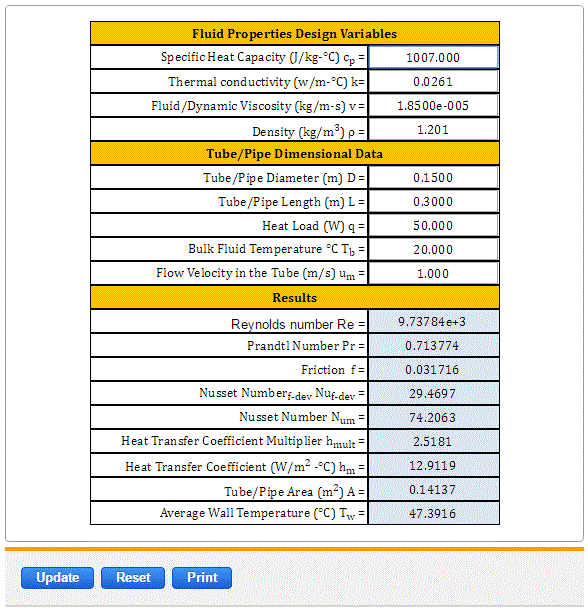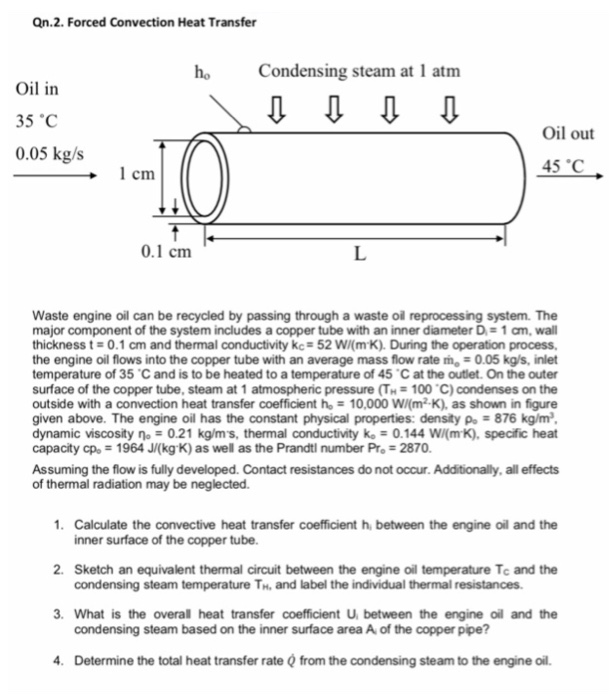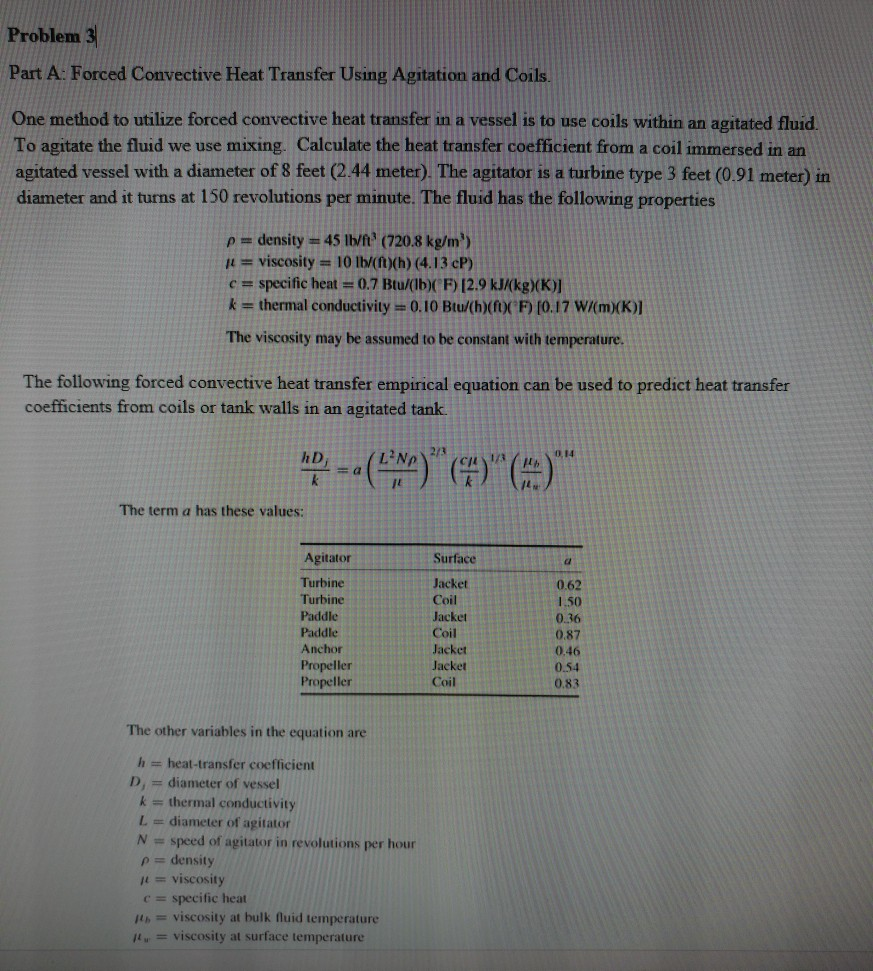Forced Convection Heat Transfer Coefficient Formula
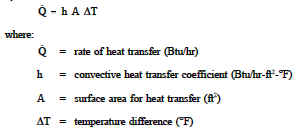
Q h a t t f b.
Forced convection heat transfer coefficient formula. Convective heat transfer coefficients table chart. Typical values of heat transfer coefficient. 1 kcal m 2 h c 1 16 w m 2 c 2 can be modified to. The individual convection heat transfer coefficient for each fluid w m 2 k the wall thickness m.
Displaystyle dot q is the heat transferred per unit time a is the area of the object h is the heat transfer coefficient t is the object s surface temperature tf is the fluid temperature and b is a scaling exponent. Such a situation can be seen for example with a radiator. The convective heat transfer coefficient for air flow can be approximated to. Convective heat transfer coefficients table chart the following table charts of typical convective convection heat transfer coefficients for fluids and specific applications.
To understand the convection heat transfer we must know some of the simple relations in fluid dynamics and boundary layer analysis. H c heat transfer coefficient kcal m 2 h c v relative speed between object surface and air m s since. Q h a δt where q is the rate of heat transfer between the surface and the fluid in btu hr w for s i a is the area of the surface in contact with the fluid in ft2 m2 for s i. Q h c a t s t a where.
. Q heat transferred per unit time w a heat transfer area of the surface m 2 h c convective heat transfer coefficient of the process w m 2 k or w m 2 c t s temperature surface t a temperature air. 0 the convection heat transfer coefficient in general varies along the flow direction. The heat transfer coefficient describes the convective heat transfer from a solid to a flowing fluid gas or liquid or vice versa.
Convective heat transfer coefficient for air. Cold air flows past the radiator due free convection and is heated. The equation typically used for forced convection heat transfer calculations is newton s law of cooling. As the areas for each surface approach being equal the equation can be written as the transfer coefficient per unit area as shown below.
H c 10 45 v 10 v 1 2 2 where. Experimental results indicate that the local heat transfer coefficient h x for flow over a flat plate with an extremely rough surface is approximated by the relation h x a x 0 12 where a is a constant coefficient and x is distance from the leading edge of the plate. Heat transfer engineering thermodynamics. Firstly we study boundary layer with forced convection flow systems.
8 2 boundary layer over flat plate we consider the x direction along the wall with y direction normal to the wall as in figure8 1.
